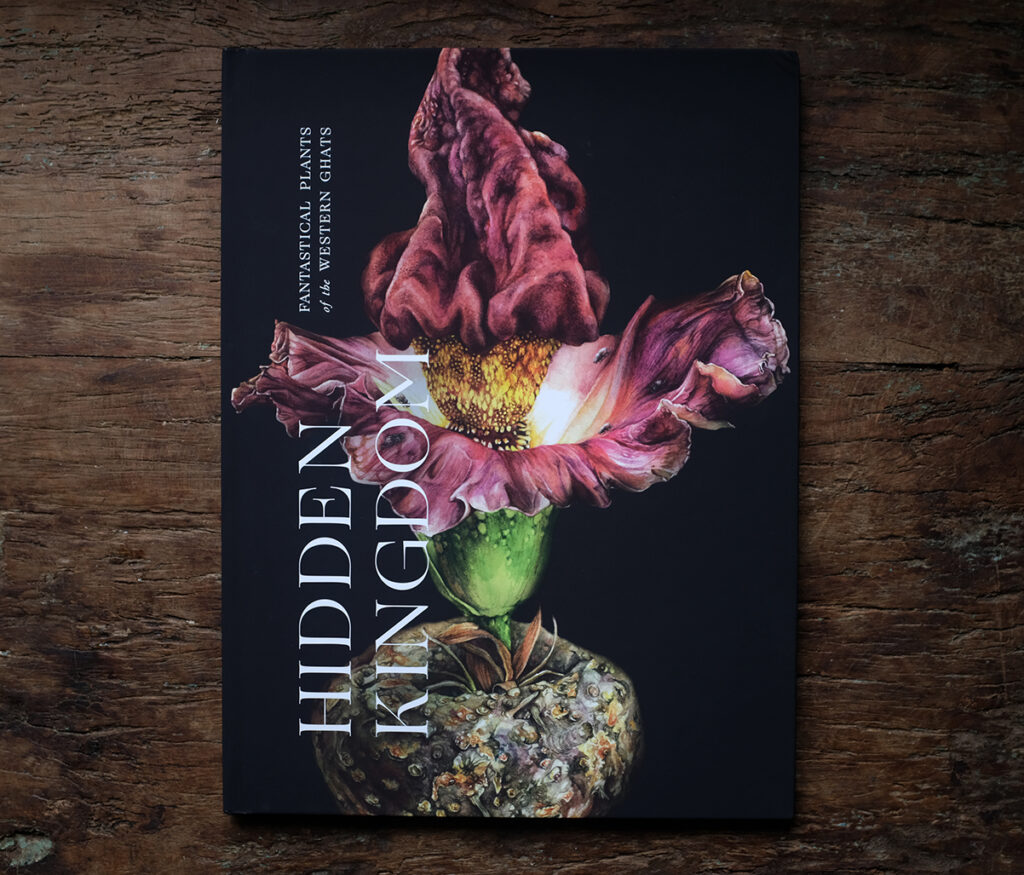The Hidden Kingdom
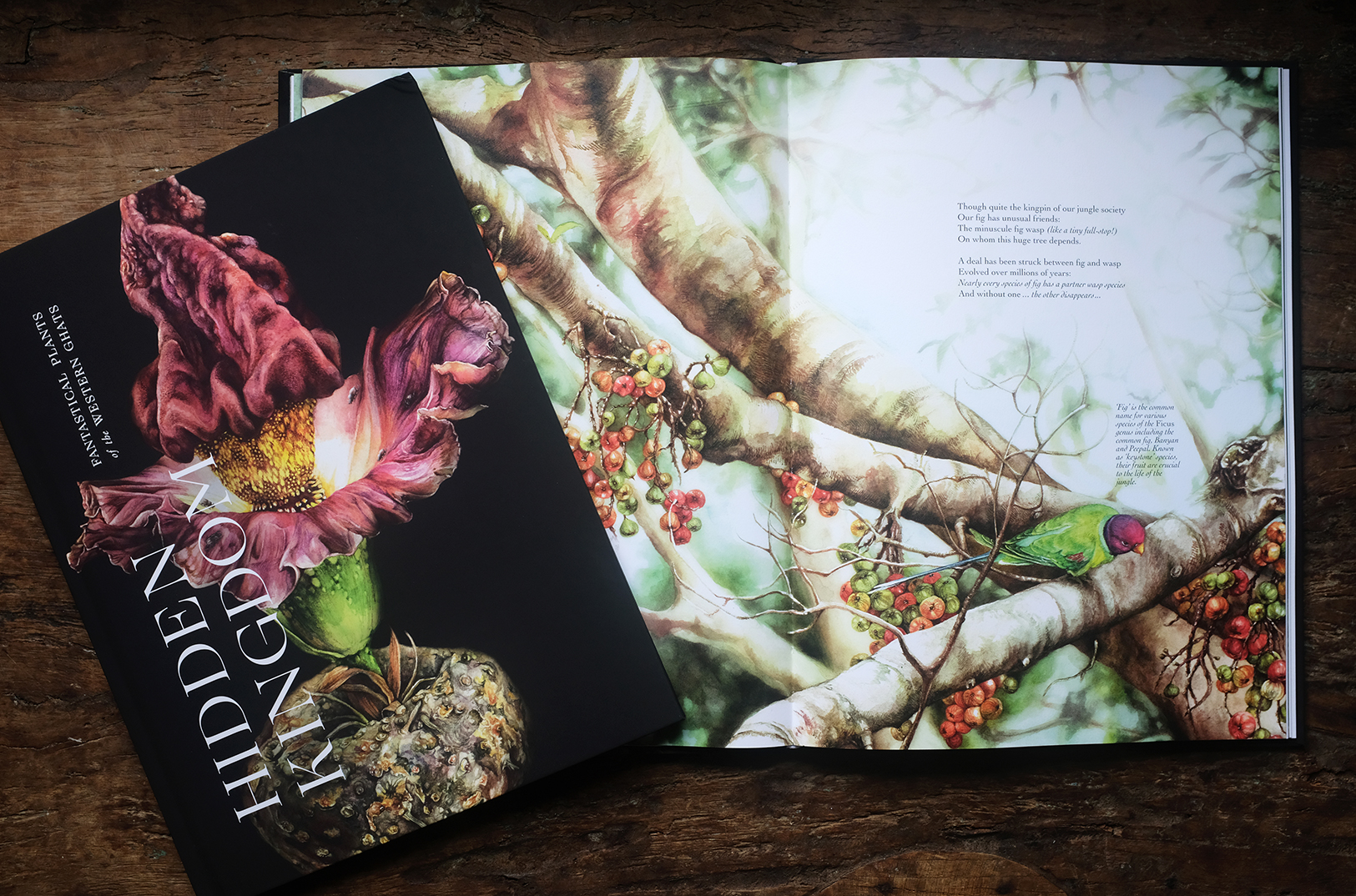
One of our favourite botanical illustrators and authors, Nirupa Rao is out with a new nature and science book. Her latest tome, Hidden Kingdom, features botanical illustrations of fascinating plants native to the Western Ghats—from carnivores and parasites to flowers that smell like rotting flesh. You’ll encounter familiar species (like pepper) as well as the more obscure (like the colourless ghost orchid), all certain to make you see the natural world with new eyes. A family heirloom for the young and old alike, it has ecological insights and crafty wordplay set to rhyme. It also carries a thoughtful afterword by noted British science writer and broadcaster, Colin Tudge. One of the most exciting nature and science books to comeout this year, the project is supported by a National Geographic Young Explorer’s Grant.

Hidden Kingdom echoes a thought voiced by activist, George Monbiot: that a generation disconnected from nature will not strive to save it. Believing this to be a loss with environmental and human consequences, Nirupa, her sister Suniti, her cousin Siddarth and their friend, Prasenjeet, set out to try and change this. As part of the project, they travelled to the Western Ghats in search of the plant species featured in the book. The result is 50 pages of water colour paintings, lively poetry and plant trivia. BeejLiving presents three wild and wondrous fellow denizens found in the forest. Early next year, Rao, who has worked on a few covers of Amitav Ghosh’s novels recently, will travel to Washington DC to present the book at the National Geographic annual symposium.
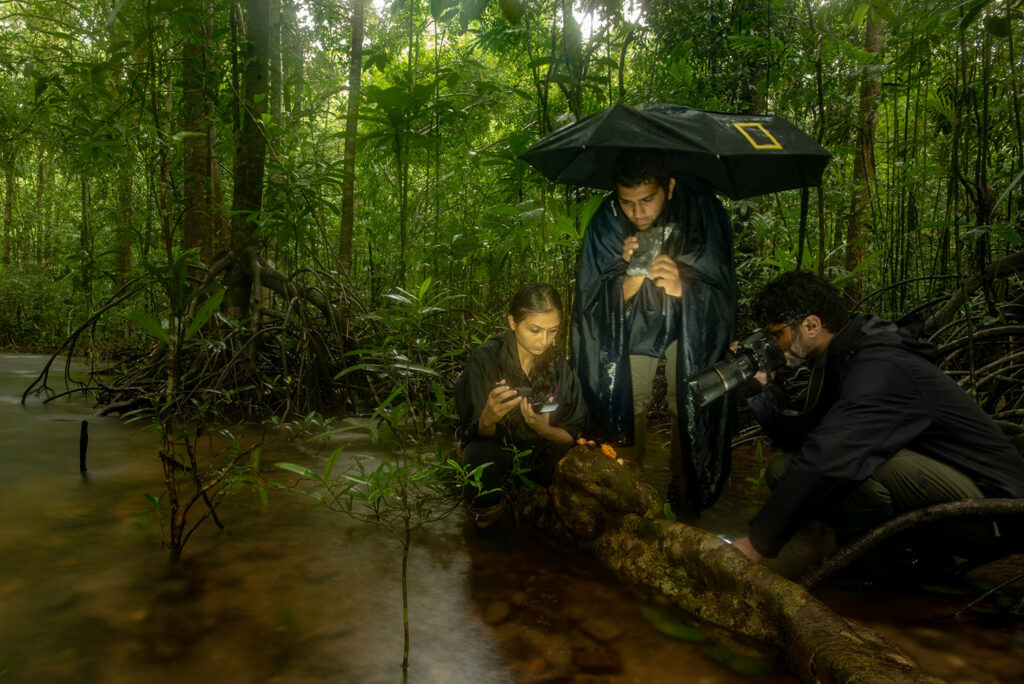
Sundews: There are three different species pictured in this image: Shield sundew (Drosera lunata), Indian sundew (Drosera indica) and Tropical sundew (Drosera burmannii). All are native to the Western Ghats, though found in slightly different habitats. They grow in rocky areas, where soils are quite thin and nutrient-poor. So, to compensate for the nutrients lacking in the soil, these plants trap and digest insects with sticky tentacles on their leaves.
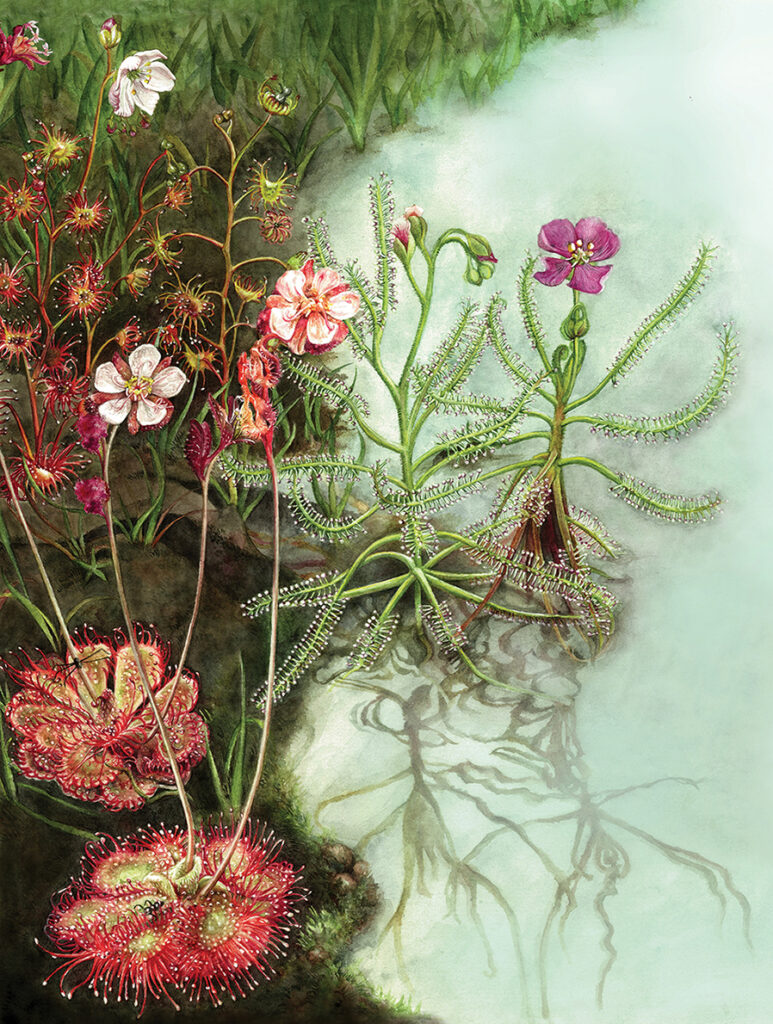
Strangler Fig: In areas were the forest canopy is dense and access to sunlight is poor, it can be years before a young plant is able to actually reach the top and get the light it needs. So instead, this fig takes the help of birds, who drop the seeds on the branches of existing trees. The seed starts to germinate from atop that branch, sending its roots down to the ground and its branches up to the sun, effectively cutting in line to get ahead. Eventually, its roots will strangle the entire host tree, often to death.
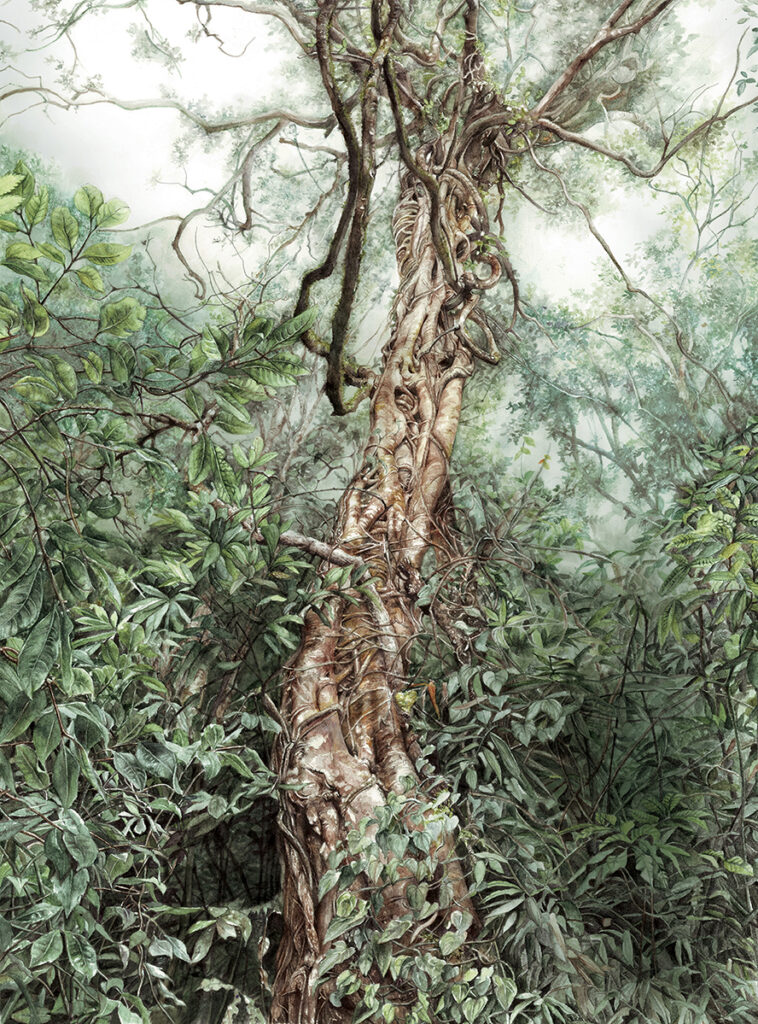
Neelakurinji: The brilliant Neelakurinji blossoms in unison only once every 12 years, covering entire hillsides in carpets of blue. It is said the ‘Nilgiris’ (blue mountains) derive their name from this phenomenon. It employs a reproduction strategy known as ‘gregarious flowering’, in which it invests all its resources into a single massive flowering event, aimed at attracting a number of pollinators, like the honeybee, to the feast.
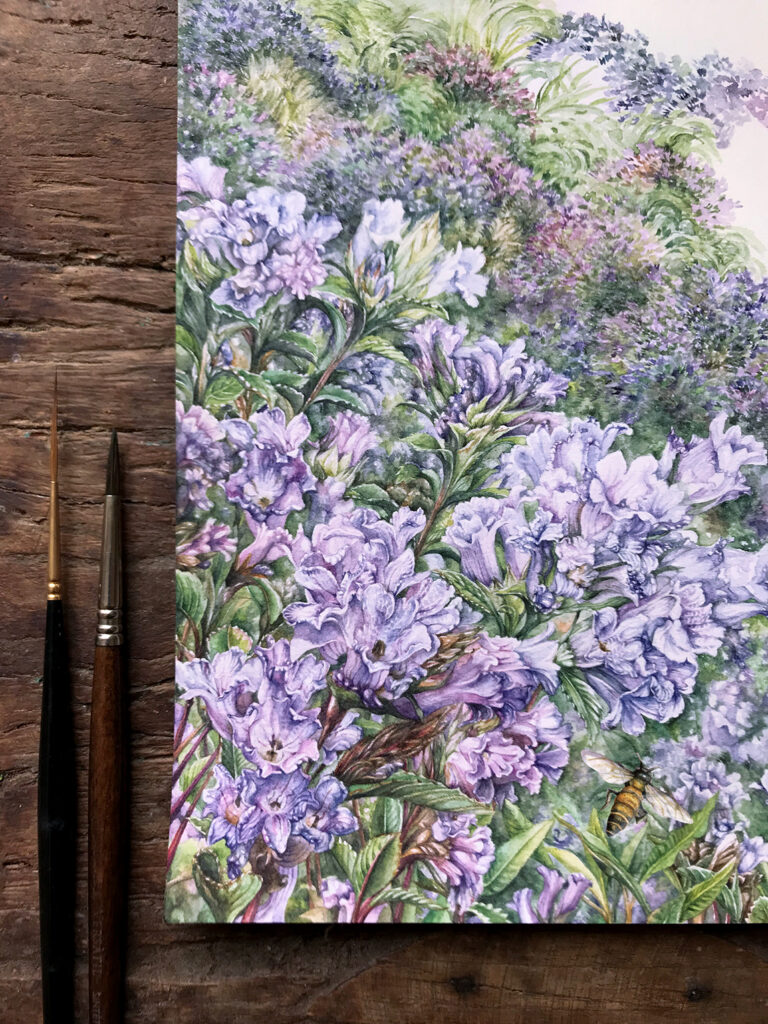
ABOUT THE BOOK
HIDDEN KINGDOM—FANTASTICAL PLANTS OF THE WESTERN GHATS
Hand-painted by Nirupa Rao
Written by Suniti Rao
Researched by Siddarth Machado and Prasenjeet Yadav
Afterword by Colin Tudge
